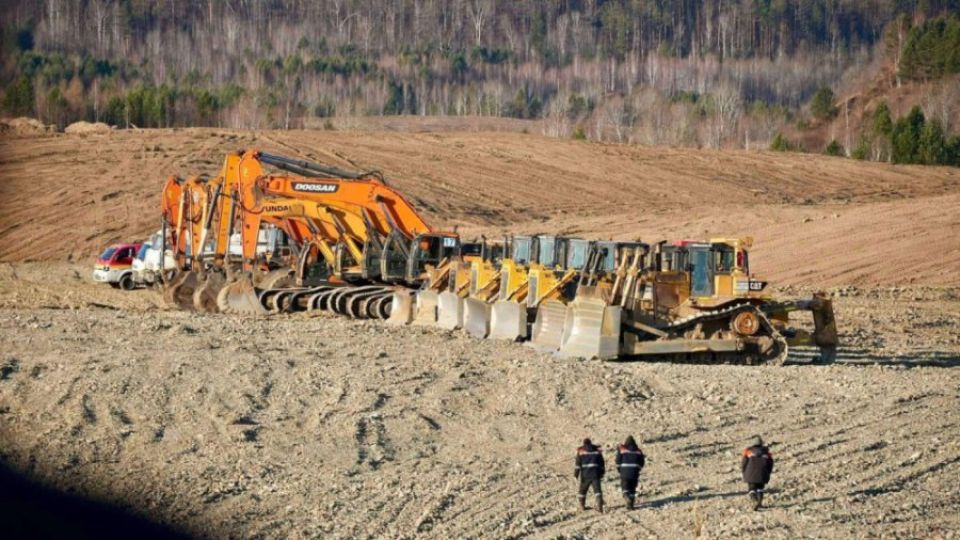October 25, 2024
ULAANBAATAR – In his capacity as Prime Minister, Mongolian President Ukhnaa Khurelsukh had issued a mandate to restore 8,000 hectares of land that had been degraded and abandoned for years due to mining activities, aiming for completion between 2020 and 2024.
Recently, President Khurelsukh visited Nariin Am in the Yeruu district of Selenge Province in the north of Mongolia to inspect the progress of this mandate.
A national survey conducted by the Ministry of Environment and Tourism in 2020 revealed that over 30,000 hectares of land were damaged, with around 29,000 hectares affected by mining activities. The report concluded that the immediate priority was to rehabilitate 8,000 hectares.
At that time, Prime Minister Khurelsukh had made it a priority to combat irresponsible mining practices. He canceled 938 mining exploration and exploitation licenses and tasked the relevant ministries and officials with rehabilitating the degraded land.
For instance, in the Government’s 2020-2024 Action Plan, the goal was set to “rehabilitate 8,000 hectares of land that had been abandoned for years due to mining operations.” To achieve this, the Ministry of Environment and Tourism worked with the Deputy Prime Minister, the Minister of Environment and Tourism, the Minister of Mining and Heavy Industry, and the Minister of Justice and Internal Affairs to approve a joint directive titled “On Organizing Unified Measures,” launching the “Rehabilitation-2024” national initiative.
As part of this effort, between 2020 and 2023, technical rehabilitation was conducted on 9,773 hectares, and biological rehabilitation was carried out on 2,549 hectares.
Before 2020, less than 1,000 hectares of land were rehabilitated annually at the national level. However, since 2020, this number has significantly increased, with over 2,000 hectares being restored each year.
Translated by ChatGPT

